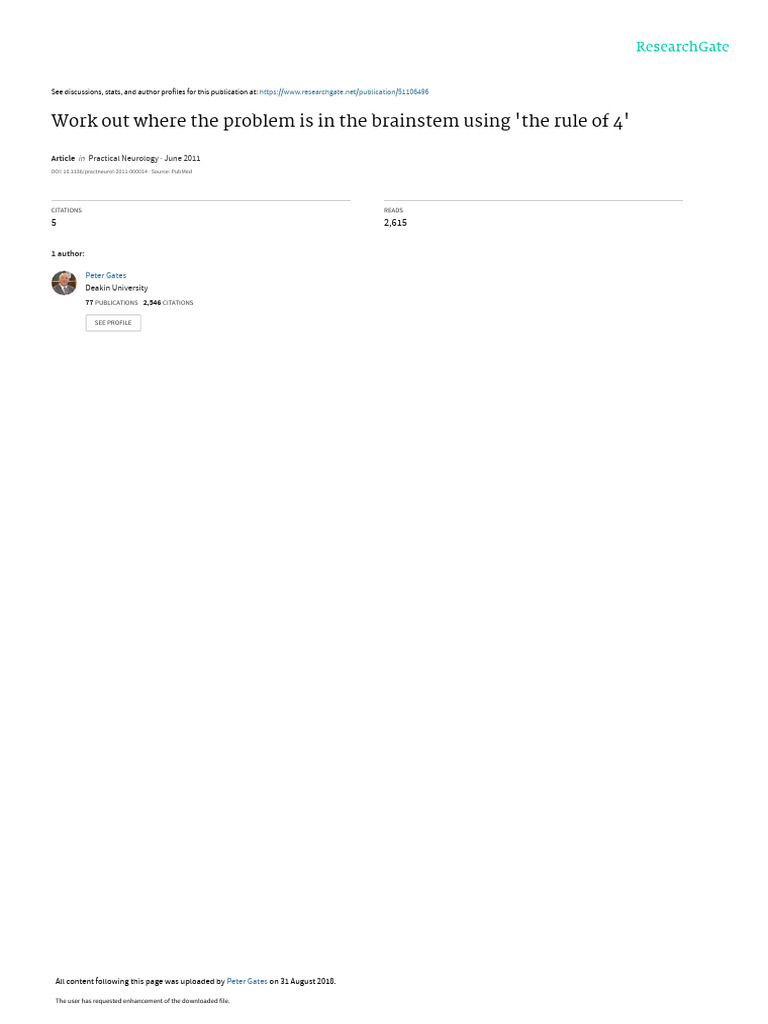The evolution of computation has ushered in an era of unprecedented capabilities, drawing an arc that spans from classical methodologies to the burgeoning field of quantum mechanics. At the crux of this transition lies the concept of reversible computation, represented by the elegant architecture of reversible gates. This development not only represents a profound shift in computational philosophy but also carries the potential to address crucial limitations inherent in classical systems.
To grasp the significance of reversible gates, one must first appreciate the principles of classical computation. Classical computers operate on the principle of irreversible transformations, where bits are manipulated through logic gates—such as AND, OR, and NOT—executing a sequence of operations that often lead to the loss of information. This loss manifests as energy dissipation, a phenomenon succinctly encapsulated by Landauer’s principle, which states that erasing a bit of information dissipates a minimal amount of energy as heat. Thus, classical computations face an inevitable thermodynamic cost, constraining speed and increasing energy consumption in large-scale systems.
In stark contrast, reversible gates operate under the auspices of conservation laws. A gate is deemed reversible if its output can uniquely determine its input, thereby preserving the information throughout the computational process. Prominent examples include the Toffoli gate and the Fredkin gate, which demonstrate that computations can be executed without the concomitant energy expenditure typical of irreversible gates. This paradigm shift has profound implications for enhancing efficiency, scalability, and sustainability in computational technologies.
One of the most compelling aspects of reversible gates is their applicability in quantum computing. Quantum computers fundamentally exploit quantum bits or qubits, which can inhabit multiple states simultaneously due to the principles of superposition and entanglement. However, the operations performed on qubits must adhere to the strict requirements of quantum mechanics, notably maintaining coherence and preserving information across calculations. In this context, reversible gates become indispensable, as their architecture allows quantum operations to be designed with fidelity, circumventing the pitfalls associated with irreversible processes.
The integration of reversible logic into quantum computation not only enhances performance but also demonstrates a profound philosophical commitment to preserving information. Classical computing often grapples with the question of how to enhance speed while mitigating energy consumption—a challenge made more pronounced by the modern demands for artificial intelligence, machine learning, and big data analytics. Here, reversible gates offer a tantalizing glimpse into a more efficient future, one where computations proceed with minimal thermal perturbations and maximal information retention.
Moreover, the exploration of reversible gates propels innovative hardware designs, such as quantum-dot cellular automata (QCA). These systems leverage the principles of reversible computation to facilitate computation at the nanoscale, promising to bridge the gap between classical and quantum realms. By employing magnetic interactions and electron dynamics, QCA harnesses a fundamentally distinct approach to processing information, circumventing the thermal inefficiencies of conventional silicon-based technologies.
As the field of quantum computation burgeons, numerous applications have begun to crystallize, from cryptographic systems to complex simulations of quantum systems. Reversible gates enable these advancements by facilitating the implementation of algorithms that would be infeasible or inefficient on classical architectures. Quantum algorithms such as Shor’s for integer factorization exhibit a speedup that is inherently linked to the coherent reversible manipulations of qubits, emphasizing the importance of these gates in tackling real-world challenges that classical systems falter against.
Furthermore, the theoretical framework of reversible computation invites fresh perspectives on computational complexity. Research in this domain investigates the equivalence classes of computational problems, illuminating how certain functions are inherently reversible and others are not. This investigation propels forward thinking about the resource-constrained nature of computation, leading to a greater understanding of algorithmic efficiency. Reversible computation, thus, serves as a lens through which the boundaries of computability can be assessed, revealing a landscape defined not solely by what can be computed, but also by how efficiently those computations can be performed.
However, alongside the promise of reversible gates lies the challenge of implementation. The synthesis of reversible circuits often results in an exponential growth of gate complexity, necessitating novel approaches in design and optimization. The exploration of hybrid architectures—merging reversible and irreversible techniques—may provide practical pathways to leverage the benefits of reversible computation while mitigating its inherent scalability challenges.
In conclusion, the transition from classical to quantum computation poses not merely a technical evolution, but a philosophical reawakening regarding how information, energy, and computation interlink. Reversible gates symbolize a pivotal moment in this journey, embodying the potential to redefine efficiency and sustainability in computing landscapes. As researchers continue to unravel the complexities of this emerging field, one can anticipate a future where reversible computations could catalyze innovations that extend well beyond our current comprehension, inviting deeper inquiry into the fundamental nature of logic, computation, and the realm of possibilities that lie ahead.












